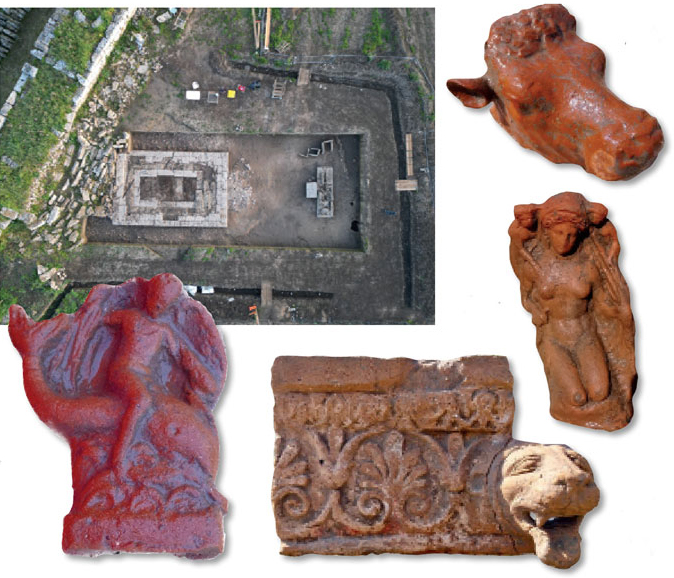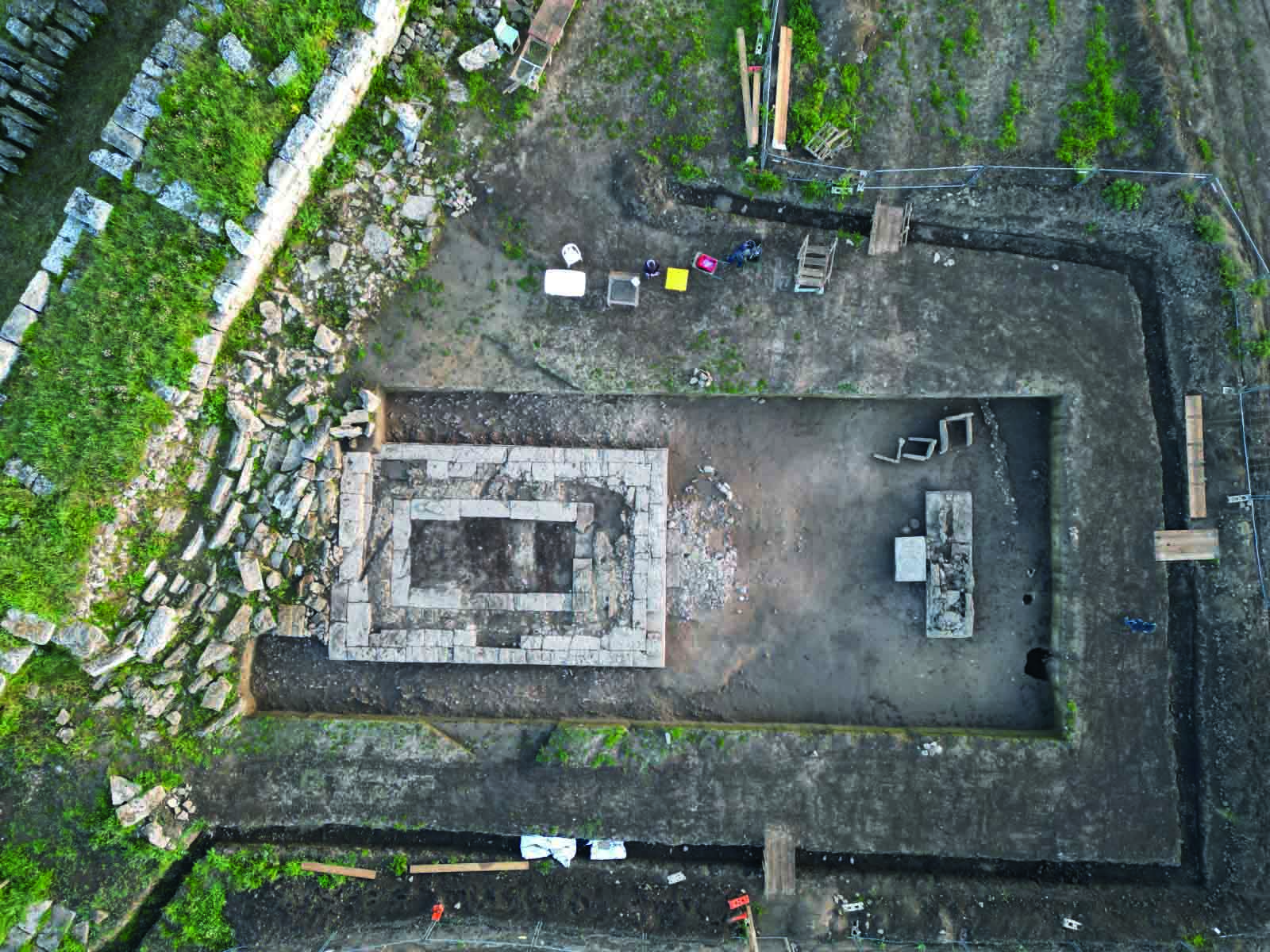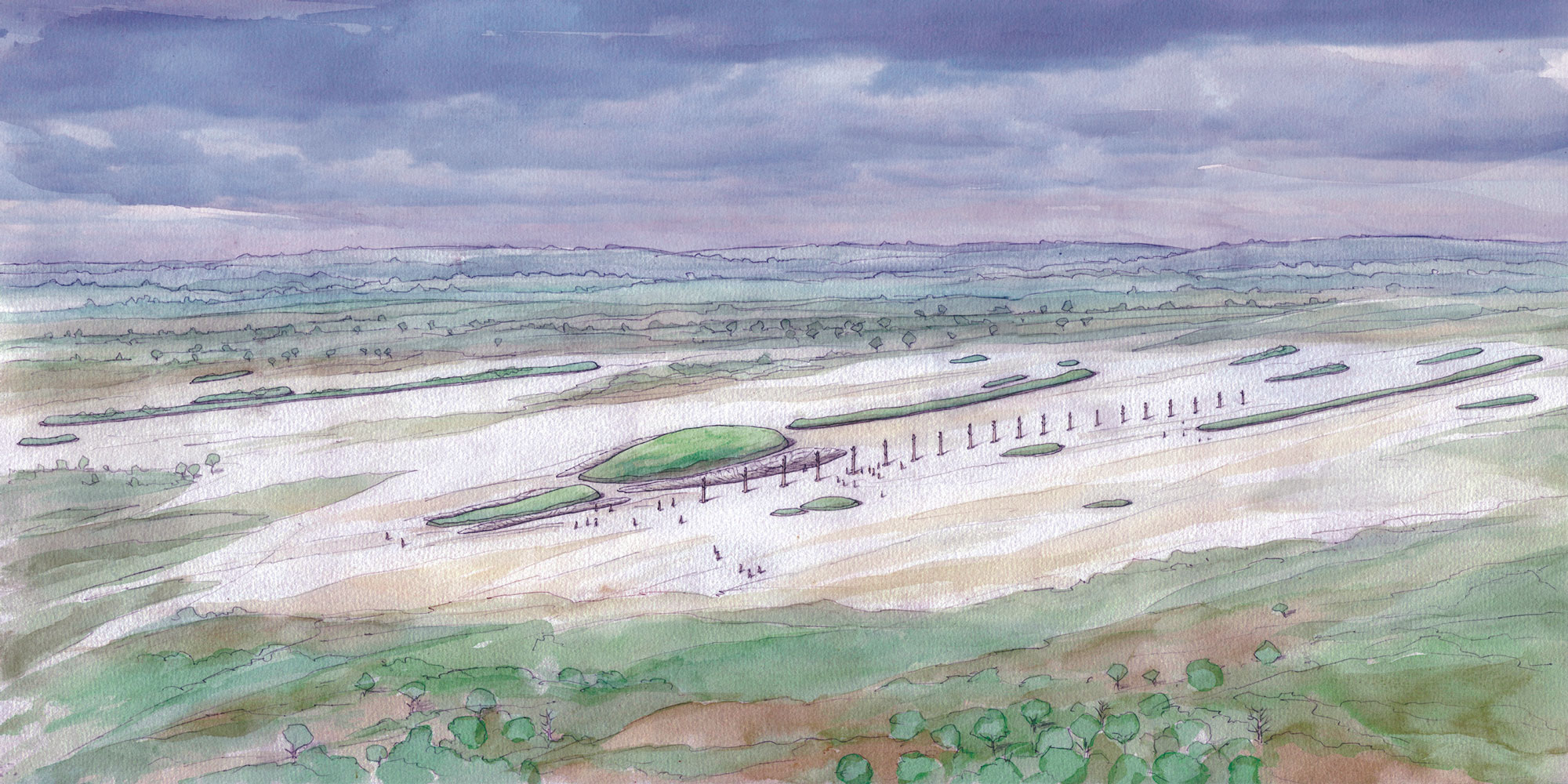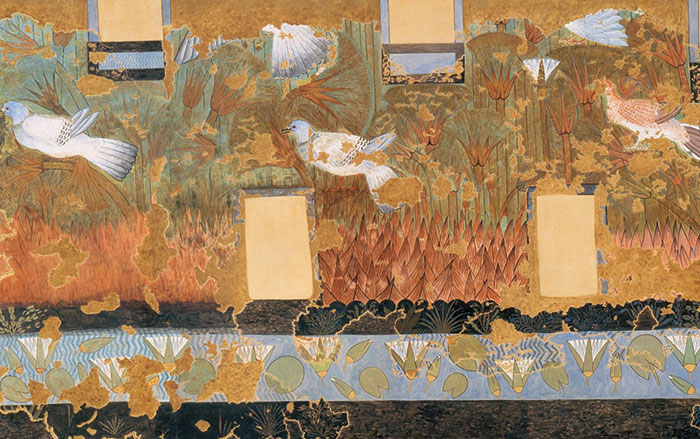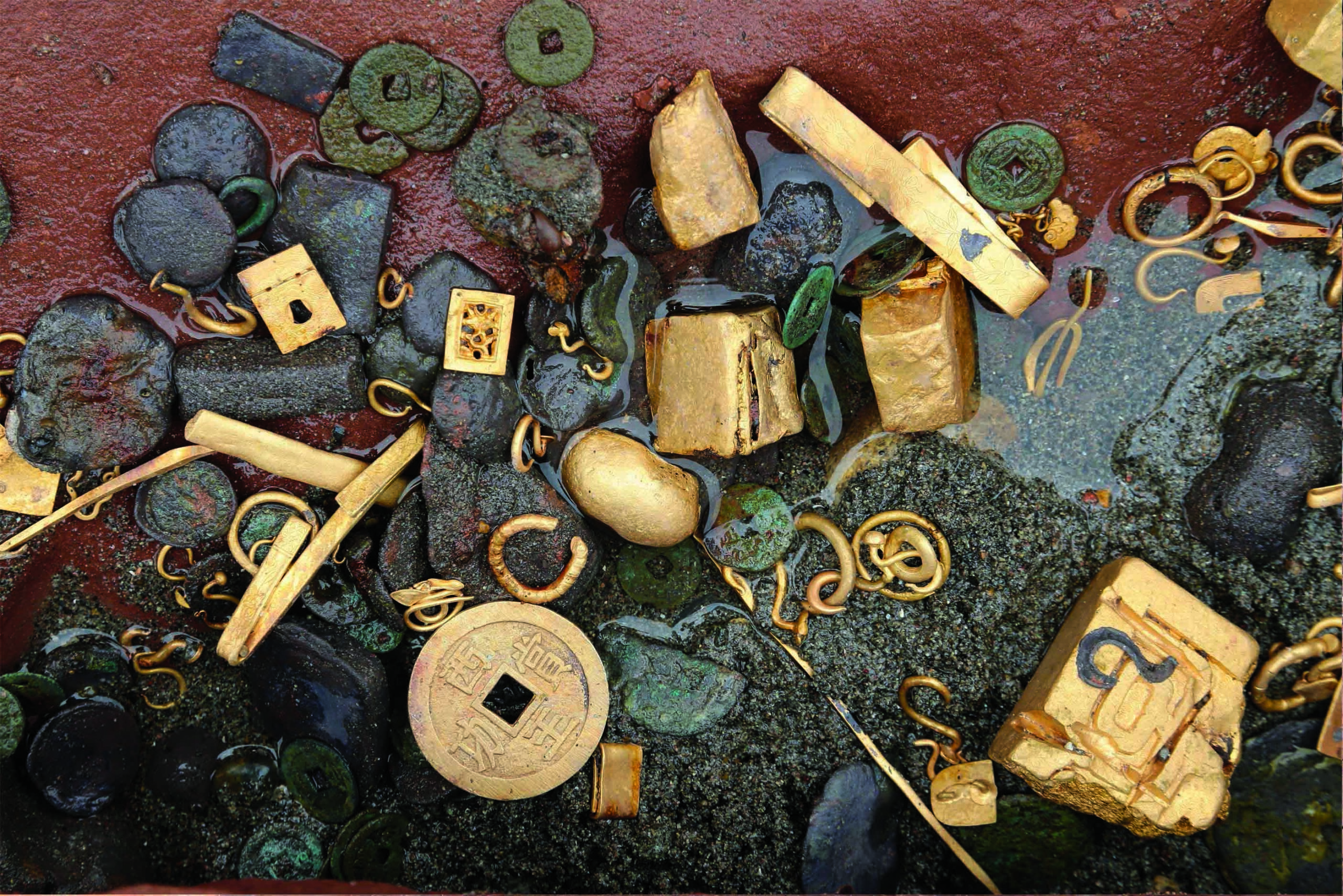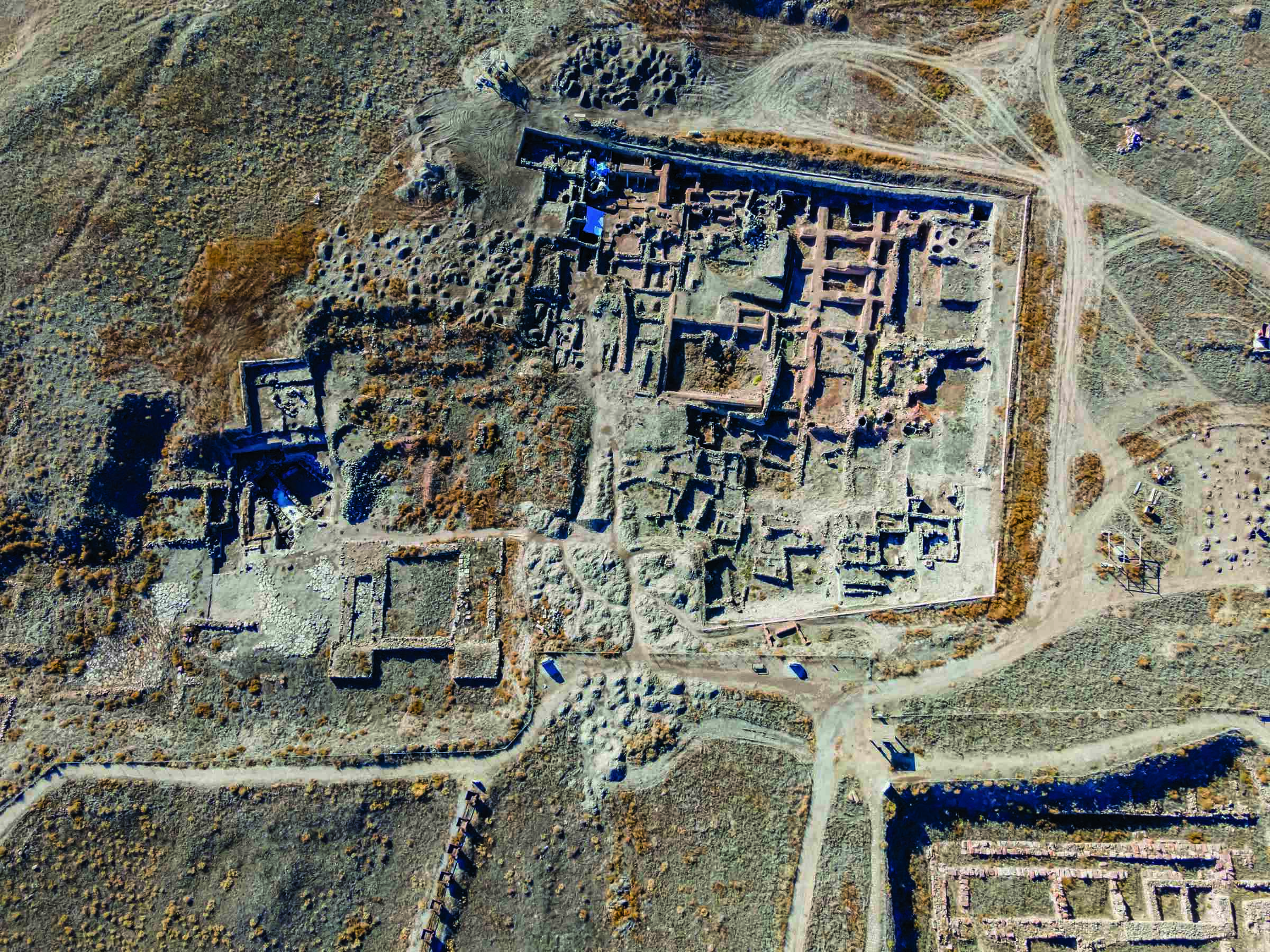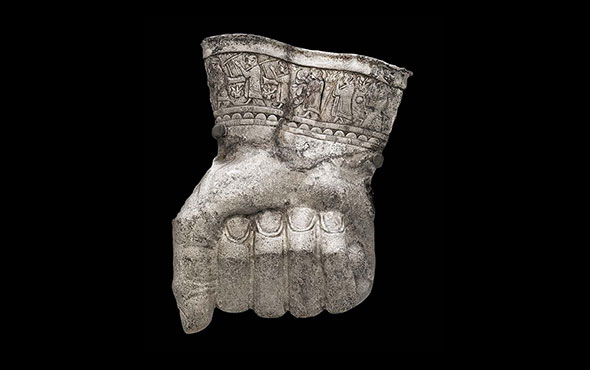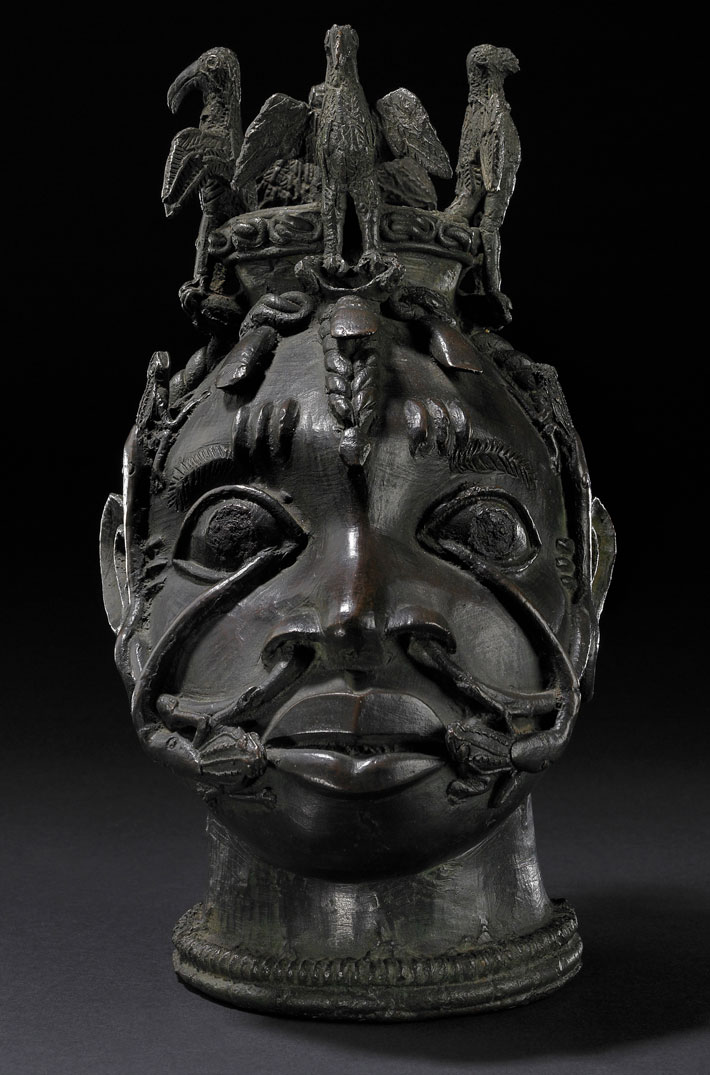The ancient city of Paestum in southern Italy is well known for its three massive stone temples, which were built in the sixth and fifth centuries B.C. by Greek colonists who founded the settlement in 600 B.C. and named it Poseidonia. Archaeologists recently unearthed the remnants of another, smaller stone temple dating to the early fifth century B.C. along the city’s western wall. Measuring just 51 by 25 feet, the temple had four Doric columns along its facade and seven on each side, enclosing the building’s single room. The team also found terracotta decorations that once adorned the roof, including lion-shaped waterspouts and figures of Gorgons and the goddess Aphrodite.
Around an altar not far from the entrance, researchers uncovered hundreds of votive offerings, including miniature temples, bulls’ heads, figurines representing deities and humans, and a statuette depicting the god Eros riding a dolphin. This maritime figurine—and the temple’s location overlooking the sea—has led archaeologists to theorize that the building might have been dedicated to Poseidon, the god of the sea and the city’s patron deity.
